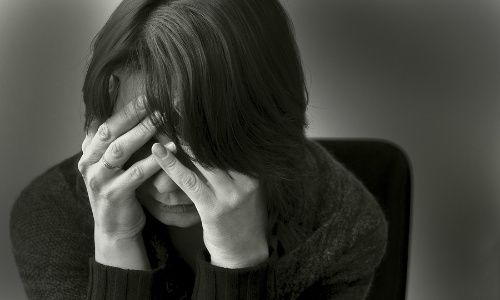Beyond the Blues: Distinguishing Between Sadness and Depression
Aug-27-2024
Sadness, an emotion we all grapple with, surfaces in response to life’s varied challenges and moments of disappointment. Yet, it’s crucial to understand that this fleeting emotion, tied often to specific events, stands distinct from depression, a more profound and persistent state of despair. If you or a loved one is feeling lost in the nuances of these two emotions, you can find key distinctions between sadness and depression with an online search right now.
Understanding Sadness
Sadness is a natural part of life that everyone experiences. Whether it's due to a setback, the loss of a loved one, or even a touching movie, these feelings can be intense but are usually temporary. With time, support, or a change in circumstances, sadness often fades.
The Pervasive Nature of Depression
Depression, however, is more than just feeling sad—it infiltrates every aspect of life. It’s a persistent heaviness that doesn’t lift easily. Several factors can contribute to depression, including:
- Biological chemistry, hormonal shifts, or genetics
- Chronic pain or ongoing medical conditions
- Traumatic or stressful events
- Substance abuse or side effects from certain medications
- Personality traits like low self-esteem
- Social isolation
Symptoms of depression often include a loss of interest in activities, feelings of worthlessness, and disruptions in sleep and appetite. For some, even getting out of bed can feel impossible.
Key Differences Between Sadness and Depression
Understanding whether you're dealing with temporary sadness or chronic depression can be crucial. Here are some key differences:
- Duration: Sadness is usually linked to a specific event and tends to come and go. Depression, on the other hand, lingers for weeks, months, or even longer without much relief.
- Physical Symptoms: While sadness might bring a heavy heart, depression often comes with physical symptoms like constant fatigue, muscle aches, and digestive issues.
- Thought Patterns: Sadness might cause temporary disappointment, but depression often brings persistent feelings of hopelessness, worthlessness, or even thoughts of self-harm.
- Impact on Daily Life: Sadness can make a day seem bleak, but depression can make daily tasks, relationships, and even personal care feel overwhelming.
The Role of External Factors
Sadness is often triggered by external events—like a bad day at work, a breakup, or gloomy weather. Once the cause fades or something positive happens, the mood typically improves. Depression, however, can feel disconnected from what’s happening around you. While it may have triggers, it often persists regardless of external circumstances.
Chemical Imbalances and Depression
Depression is often linked to chemical imbalances in the brain. Neurotransmitters that regulate mood might be out of sync, which is why therapy or medication is often needed to correct these imbalances. Sadness, as a natural emotional response, doesn’t stem from such imbalances and usually doesn’t require the same interventions. However, activities like:
- Physical exercise
- Talking to a trusted friend or family member
- Deep breathing or meditation
- Engaging in a hobby
- Journaling
can help alleviate these feelings.
The Importance of Recognition
Recognizing the difference between sadness and depression is essential. It's important to allow yourself to feel sad during tough times—it’s a sign of empathy and emotional depth. But it’s equally important to recognize when sadness might be crossing into depression, as this understanding is the first step toward seeking help, support, and professional care.
Seeking Help and Support
If you think you might be dealing with depression, reaching out for help is crucial. Start by talking to trusted friends or family members. If opening up feels difficult, helplines and therapists provide a confidential space to discuss your feelings. Treatment can make a significant difference, helping you regain control of your life and rediscover joy.
Exploring These Overlapping Emotions
Sadness and depression may seem similar, but they’re distinct. Understanding this difference is vital not only for your well-being but also for supporting others. Fortunately, conversations about mental health are more prevalent than ever, and you can easily find resources online to help you navigate these emotions. As we deepen our understanding, we can build a more compassionate society that offers support to those who need it most.